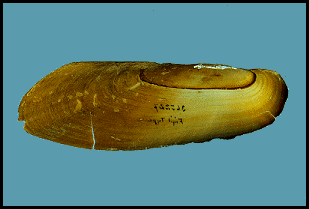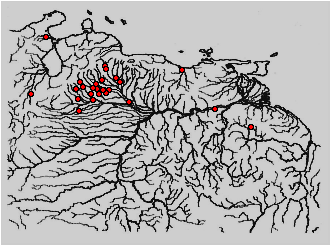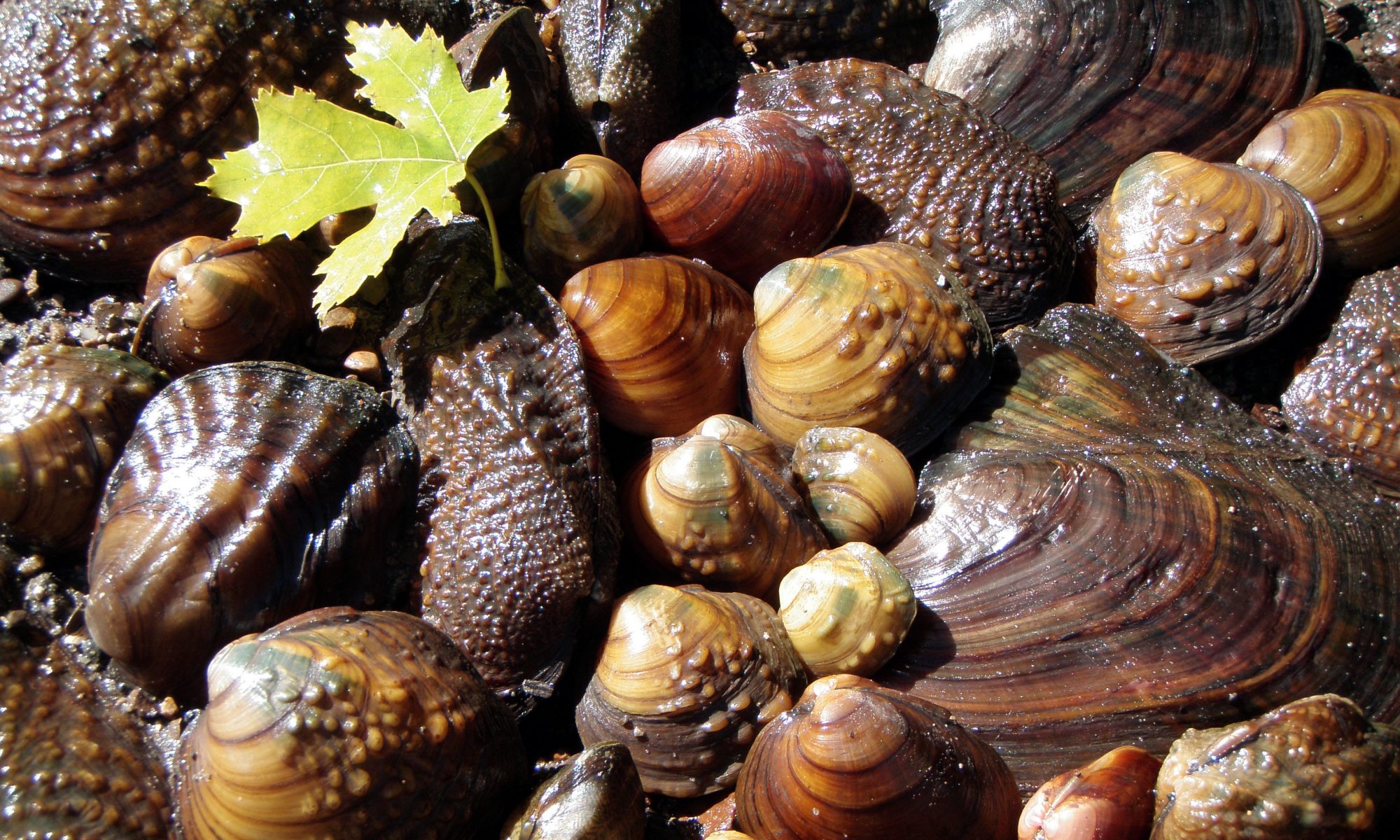Marshall, 1927


Original Description: Mycetopoda pittieri Marshall, W.B. 1927. A new genus and two new species of South American fresh-water mussels. Proceedings of the United States National Museum. 71(6):1-4 + 2 plates.
Type Locality: Dried lagoon at Mata Verde, near Guanare, Venezuela.
Holotype: USNM 365227.
Paratypes: USNM 365228 (2).
Synonymy:
- Mycetopoda pittieri Marshall, 1927
- Baker, 1930:63.
Mycetopoda siliquosa (Spix, 1827) (in part)
- Haas 1966:574.
Description: “Shell very elongate, nearly a parallelogram, slightly wider posteriorly. Dorsal margin straight, rounding into the posterior margin, and forming an angle with the anterior margin. Beaks set far forward. Ventral margin nearly straight, passing into the posterior margin in a rounded point and curving regularly into the anterior margin. Posterior ridge low and rounded and posterior dorsal area with faint indications of two radiating grooves. Anterior half of the shell smooth and polished, posterior half dull and smoothish but with minute reticulating periostracal lamellae. Whole surface in front of the posterior ridge with faint radiating striae. Front half yellowish to greenish olive with a very dark edging along the margin. Posterior half brownish. Interior bluish, appearing radiately striate, not very iridescent. All of the adductor scars but slightly impressed. Pallial line about 9 millimeters from the margin. Prismatic border rather broad. The type, Cat. No. 365227, USNM, measures: Length, 104.5 mm.; height, 35 mm.; diameter, 20.5 mm.
Dr. Henry Pittier obtained the type and two paratypes (Cat. No. 365228 USNM) at the same locality as the preceding species [Anodontites guanarensis; dried lagoon at Mata Verde, near Guanare, Portuguesa, Venezuela].
This species is most nearly related to Mycetopoda pygmaea Spix, from which it differs chiefly in being of much greater size. Its color is different, it lacks the prominent radiating ruffings found on pygmaea, its posterior ridge is not so sharply defined, and the anterior dorsal line forms a more angular junction with the anterior margin. The two paratypes are almost uniform in size, color, and other details with the type.” (Marshall, 1927:4).
Specimens Examined: USNM 365227 (Holotype). dried lagoon, near Guanare, Mata Verde, Portuguesa, Venezuela. 28 December 1925. Dr. Henry Pittier. USNM 365228 (2 Paratypes). dried lagoon, near Guanare, Mata Verde, Portuguesa, Venezuela. 28 December 1925. Dr. Henry Pittier. USNM 803108 (3). Rio Unare, Clarines, [Distrito Bruzual], [Anzoategui], Venezuela. 1979. R. Martinez. INHS 15938 (1). borrow pit, 25 km SW Guanarito on rd. to Dolores, alongside of dike, Barinas, Venezuela. 19 January 1986. K.S. Cummings, D.C. Taphorn, L.M. Page & D.A. Carney. INHS 14911 (3). Caño Hondo, Agua Negra, Barinas, Venezuela. 14 January 1993. K.S. Cummings & C.A. Mayer. INHS 14805 (4). Caño Masparito, 1 km NW Libertad, Barinas, Venezuela. 14 January 1993. K.S. Cummings & C.A. Mayer. INHS 14898 (30). trib. Rio Caipe, 6 km NE Torunos, at pipeline, Barinas, Venezuela. 3 January 1993. K.S. Cummings & C.A. Mayer. INHS 14922 (10). Rio Camoruco, 3 km SE Libertad, Cojedes, Venezuela. 9 January 1993. K.S. Cummings & C.A. Mayer. INHS 14870 (3). Rio Camoruco, between Estero & Campo Alegre, about 10 km NW Libertad, Cojedes, Venezuela. 9 January 1993. K.S. Cummings & C.A. Mayer. INHS 11428 (5). caño, 9 km S crossing in Morrones, SW of Guanarito, Portuguesa, Venezuela. 19 January 1986, K.S. Cummings, D.A. Carney & D.C. Taphorn. INHS 14961 (4). Caño Cumarepo, ca. 4 km N Guanarito on rd. from Guanare to Guanarito, Portuguesa, Venezuela. 3 January 1994. K.S. Cummings. INHS 14871 (10). Caño el Sardinero, 14 km SE Guanare, Portuguesa, Venezuela. 1 January 1993. K.S. Cummings & C.A. Mayer. INHS 14947 (20). Caño el Sardinero, 14 km SE Guanare, Portuguesa, Venezuela. 2 January 1994. K.S. Cummings & C.A. Mayer. INHS 14940 (7). Caño Maraca, on rd. from Guanare to Guanarito at 60 km marker, Portuguesa, Venezuela. 30, December 1993. K.S. Cummings & C.A. Mayer.

